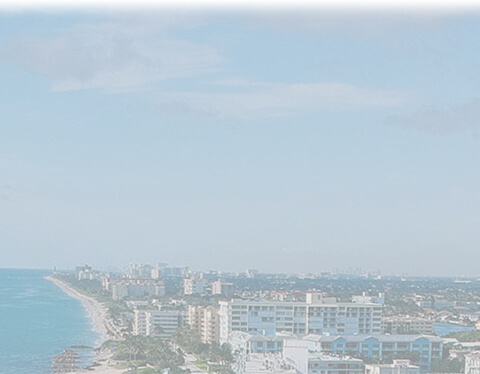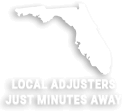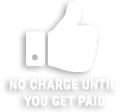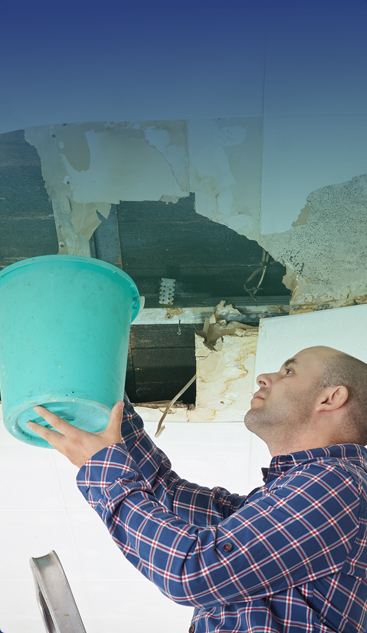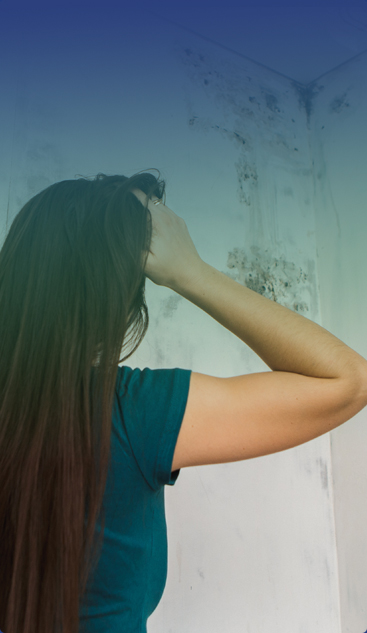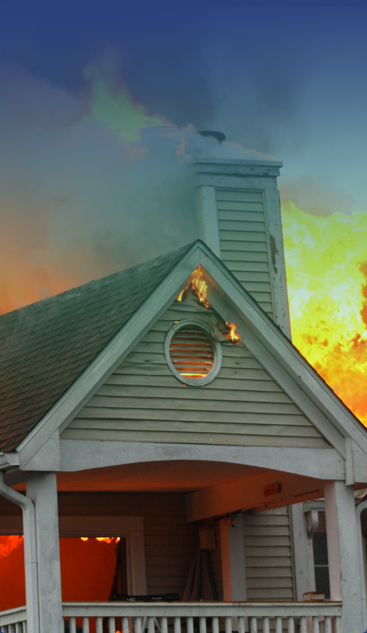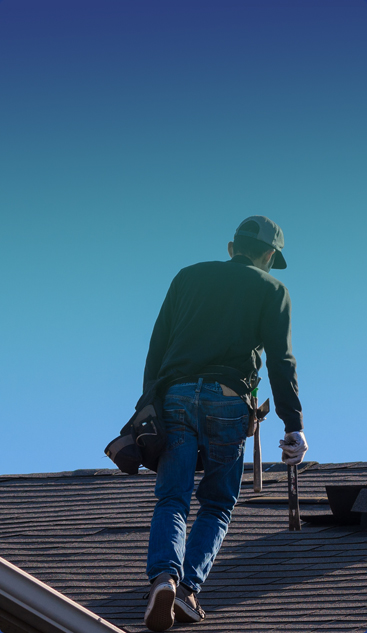5 Tips for Dealing With Hail Damage
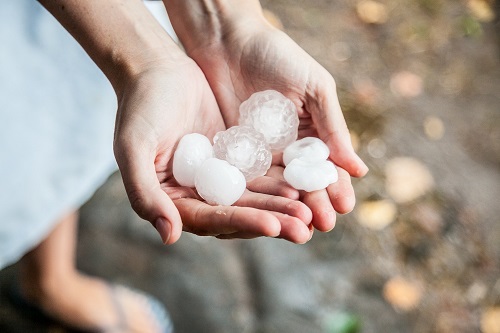
Hailstorms can be very destructive. It can damage your car, home, personal property, and yourself. The damage can be from the impact of the hail and water damage from melting hail.
Many areas in the U.S., including Florida, are particularly prone to extreme weather and hail storms, so being prepared and identifying damage early on can help keep your possessions and family safe.
Pinnacle Claim Services is always available to help you assess damage to your property in the event of a hailstorm, so you can receive what you deserve from an insurance settlement. We can help get your life back in order as soon as possible. Contact us online or call (954) 466-2954.
What Is Hail?
Hail is a weather event where precipitation is made of solid ice. It most commonly occurs within a thunderstorm system or in conjunction with one.
Hail forms when raindrops are carried by thunderstorm drafts into below-freezing parts of the atmosphere. They then increase in size, bumping into liquid water drops that freeze onto the hailstone’s surface. Hail begins falling when it is too large to remain adrift in the cloud.
Hailstones can be as small as a pea and as large as a grapefruit. According to the NOAA National Severe Storms Laboratory, the largest recorded hail in the United States sat at 8 inches in diameter. That’s bigger than a softball and about the same size as a youth soccer ball!
Several factors affect the type and degree of damage a hailstorm can cause, such as the direction and speed of the wind, the size and density of hail, the building materials used on your property, and barriers to hail. Hail frequently inflicts the most damage to roofs and windows. It can also damage siding or rupture important home components like porch eaves, gutters, and chimneys.
Are Hailstorms Common in Florida?
Sandwiched between two large bodies of water with two different weather systems, Florida is no stranger to the types of weather events that cause hail. According to the National Weather Service, Florida has the most thunderstorms of any state. Across most of the state, residents can expect at least 80 days of severe rain and thunder per year. Southern portions of the state see more than 100 days of thunderstorms per year!
Despite these Florida severe weather statistics, the state doesn’t have the country’s most frequent or severe hailstorm events. According to the Insurance Information Institute (iii), Texas has the most-recorded number of hail events in the country, followed by Kansas, Nebraska, South Dakota, and Oklahoma.
Florida State University’s Climate Center reports that large hail events are rare in the state. Hail over 3 inches has only been recorded about a dozen times since the turn of the 20th century. The Center theorizes that most hail shrinks in size or completely melts before impacting at the surface level. Nevertheless, hail events occur regularly, especially in the summer, with the distinct possibility of damages caused by larger hail pieces.
In fact, Miami-Dade County recorded massive hail pieces falling in early 2022. The hail was large enough to punch holes in car windshields while severely damaging homes and other structures.
How Much Damage Does Hail Cause?
The iii states that “hail-related insured losses between 2000 and 2019 averaged between $8 billion to $14 billion a year.” There also cite information that there were 3,763 major hailstorms across the U.S. in 2021 alone.
In terms of individual property damages, hail repairs can cost anywhere from $350 to as high as $50,000 or more. The average repair cost nationally was $10,032 as of July 2022.
How Do I Deal With Hail Damage in Florida After a Storm?
There are many steps to take in the aftermath of a hail thunderstorm.
As always, your first step should be to ensure the health and safety of everyone in your household, including pets. Bring everyone into a sheltered area, preferably on a level of the house with an attic or another level between occupants and the roof. Wait until the storm completely passes before taking the following five steps.
1. Know What Hail Damage Looks Like
On the exterior, hail can cause damage to the roof, windows, gutters, soffits, vents, chimneys, skylights, and siding.
Different roofing materials can react differently when hit by hail. Whether you have asphalt and composite or wood shingles, knowing the different effects can help you properly identify hail damage to your roof.
Hail damage to asphalt and composite shingles could look like:
- Damage with no pattern
- Hail hits resembling a bruised apple
- Black in color
- Exposed roof felt
- May look shiny
Hail damage to wood shingles may have features such as:
- Damage with no pattern
- An orange or brown split in the shingle
- A split with sharp edges or corners
- Dents along the splits
Stormy weather and sun exposure can make shingles weak and look aged. These common types of damage are often misinterpreted as hail damage. That risk is why contacting an experienced public Florida weather damage claims adjuster can provide homeowners with a valuable resource.
2. Be Wary of Leaks and Mold, and Act Fast
Your roof is not the only place your home could sustain damage. Because hail is frozen water, after it gets stuck in the roof or the structure of your home, it melts and can cause water damage, leaks, and mold. Even a minor roof leak can compromise the safety of your home.
Water in the attic may not be visible immediately. Peeling and cracked walls or yellowish spots on the roof deck could indicate an internal ceiling leakage. There is also the additional concern of electrical wiring becoming compromised and creating a fire hazard.
Sitting water could also cause mold, spreading to other parts of the home through the HVAC system. Mold and mildew can cause a host of health concerns, including wheezing, headache, and fatigue, as well as exposure to a mold-produced toxin that could cause serious illness. It is best to be proactive when dealing with mold, as it can be difficult and costly to remove.
After a hail storm, it is a good idea to have your home inspected by a public adjuster to decipher if there has been internal damage that could worsen over time.
3. Document Any Damage
When documenting damage, it is beneficial to stay organized. Start by assessing one room at a time, and do not move on to another room until you are sure you have checked every nook and cranny. This strategy is most beneficial if you need to document damage over several days.
Make a list of everything that is damaged after the storm. You should include what room the damage occurred in and a thorough description of that damage. Do not discard any damaged items before talking with a public adjuster or your insurance company. The insurance company may need to verify the damage.
Make sure you take photos of any damage you see. These can be used for proof of the exact damage to your property or possessions.
4. Consider the Opportunity for Home Improvements
If your home or property is damaged by hail, it may require costly repairs. At the same time, this could be an opportunity for improvements.
If you live in an area that is often subject to hai, it is recommended to upgrade your roof to a hail-resistant material. Asphalt shingles with a UL2218 rating of Class 3 or 4 are durable against hail. Rubber roofing, such as EPDM, deflects hail as it bounces off the material.
Metal roofing is a relatively affordable option that is durable and long-lasting. Homeowners can expect their metal roof to last 40-70 years. However, some dents from hail may show over time.
Impact-resistant roofing may have more upfront costs, but it could pay off in the long run, as your home is better protected.
It is also recommended to regularly check your siding, roof, flashing and windows. This due diligence is an important way to catch deterioration and reduce the damages caused by hail.
5. Contact a Locally Trusted Pinnacle Public Adjuster
If your property is damaged by hail, Pinnacle public adjusters can help file a claim to get you the money you deserve. Our public adjusters work for you, not the insurance company. Along with filing a claim, they can help you assess the damage and interpret your policy.
Reach Out to Pinnacle’s Florida Public Adjuster Team
Our public adjusters have curated long-standing relationships with experienced technicians to help you get any hail repairs you may need quickly. These trusted technicians can provide essential services, such as cleaning and disinfecting affected areas, removing debris, water extraction, deodorizing the property, drying your structure, replacing damaged siding or flashing, and more.
For a free consultation and review, contact us at (954) 466-2954, or fill out our contact form to speak to a Florida public adjuster. We are available day and night to help you understand your options and get the claim you deserve.



